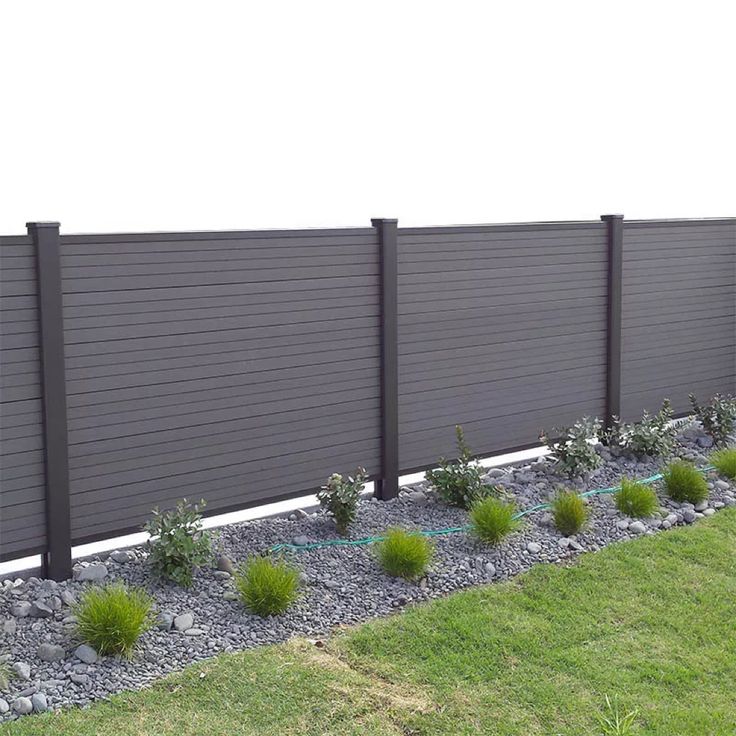Y post fences are renowned for their durability and low-maintenance nature, making them a popular choice for various applications, from livestock containment to property demarcation. However, even the most robust fencing system benefits from regular inspection and proactive maintenance. A consistent maintenance routine can significantly extend the lifespan of your Y post fence, prevent costly repairs, and ensure it continues to perform its intended function effectively.
1. Regular Visual Inspections
The most fundamental aspect of fence maintenance is routine visual inspection. This should be done periodically, ideally at least once or twice a year, and especially after severe weather events like heavy storms, high winds, or significant snowfall.
- Walk the Fence Line: Systematically walk the entire length of your fence. Look for any obvious signs of damage or wear.
- Check Posts: Inspect Y posts for leaning, bending, or signs of rust (especially on non-galvanized posts). Ensure they are still firmly driven into the ground.
- Examine Wire/Mesh: Look for broken strands, loose wires, sagging sections, or damage to the mesh. Pay close attention to areas where animals might have rubbed or pushed against the fence.
- Inspect Fasteners: Check that all wire clips, ties, or fasteners are securely holding the wire or mesh to the posts. Loose fasteners can lead to wire sag or allow animals to push through.
- Assess Bracing: For corner, end, and gate posts, inspect the bracing systems (H-braces, N-braces) for any signs of shifting, loosening, or damage. Ensure all brace wires are taut.
- Check Gates: Test all gates to ensure they open and close smoothly, latch securely, and are not sagging.
2. Managing Vegetation
Vegetation management is crucial for both the physical integrity and, if applicable, the electrical effectiveness of your fence.
- Clear Fence Line: Keep the fence line clear of weeds, tall grasses, and brush. Overgrown vegetation can put pressure on the fence, cause sagging, and accelerate corrosion by trapping moisture against the posts and wires.
- Electric Fence Specifics: For electric fences, vegetation touching the wires will “ground out” the current, significantly reducing the shock effectiveness. Regularly trim or spray vegetation along the electric fence line to maintain optimal voltage.
3. Tensioning and Repairing Wire
Maintaining proper wire tension is vital for the fence’s strength and appearance.
- Re-tension Sagging Wires: Over time, wires can stretch or settle, leading to sagging. Use a wire strainer or ratchet tensioner to re-tension any loose strands. This improves the fence’s effectiveness and extends the life of the wire and posts.
- Repair Broken Strands: Promptly repair any broken wires using proper splicing techniques and wire joiners. Leaving broken strands can lead to further damage to the fence and compromise containment.
- Patch Damaged Mesh: For woven wire mesh, patch any holes or tears using repair sections of mesh and hog rings or wire ties. This prevents animals from exploiting weaknesses.
4. Addressing Post Issues
Even durable Y posts can sometimes require attention.
- Re-drive Loose Posts: If a Y post has become loose or is leaning, use a post driver to re-drive it deeper into the ground. If the soil is particularly soft, consider adding compacted gravel or a small concrete collar around the base for extra stability.
- Rust Treatment: While galvanized posts offer excellent rust resistance, non-galvanized posts or damaged galvanized coatings might show signs of rust. Address minor rust spots by cleaning the area and applying a rust-inhibiting paint or cold galvanizing compound to prevent further deterioration.
- Replace Damaged Posts: If a Y post is severely bent, broken, or corroded beyond repair, it’s best to replace it entirely to maintain the fence’s structural integrity.
5. Gate Maintenance
Gates are high-traffic areas and often the first part of a fence to show wear.
- Lubricate Hinges: Keep gate hinges lubricated to ensure smooth operation and prevent rust.
- Adjust Sagging Gates: If a gate is sagging, adjust its hinges or bracing to ensure it latches properly and doesn’t drag on the ground.
- Inspect Latches: Ensure latches are secure and functioning correctly. Replace any worn or broken components.
By dedicating a small amount of time to these regular maintenance tasks, you can significantly prolong the life of your Y post fence, protect your investment, and ensure it continues to provide reliable service for many years.
